Part of a series of articles titled Coastal Geology—Beach Materials.
Previous: Coastal Sediments—Sand Colors
Article
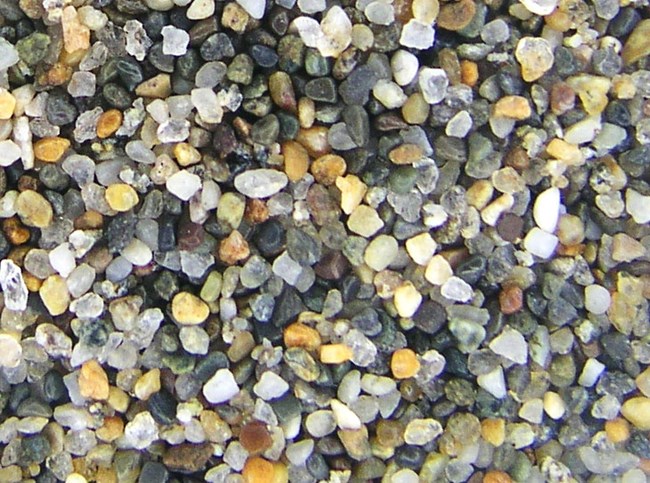
With respect to size, the most common sedimentary deposits in the ocean are mud and sand, with gravel a distant third; boulder and tiny particles (colloids) are extremely rare in the sea (Pinet 1992). However, beaches may be composed of sediments of various sizes: (from finest to coarsest) mud (silt and clay), sand, and gravel (cobbles and boulders). Scientists generally use Wentworth’s grain-size distribution chart for sediment size analysis. Typically, people associate beaches with quartz sand, however, sand is a grain size (1/16 mm to 2 mm), not a rock type, so beach sediments are found in all shapes and sizes and may be composed of any rock type (e.g., igneous, metamorphic, or sedimentary).
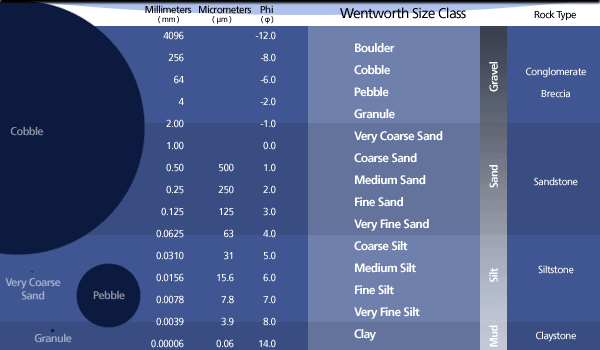
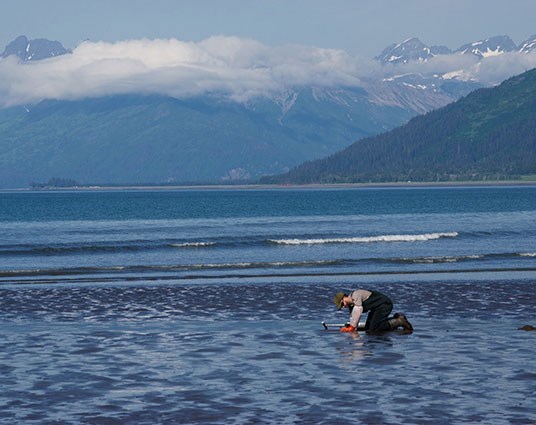
Finding muddy open-coast beaches in the United States is rare, although this particle size (silt and clay) is commonly found in back-barrier regions of barrier islands. For muddy sediments to dominate, low-energy conditions must exist that will allow very fine-grained particles to settle out from being suspended in water. Except during periodic storm events, tidal creeks, marshes, and mud flats are low-energy coastal environments where clays and silts are commonly found. This image shows a tidal flat exposed during low tide in Alaska.
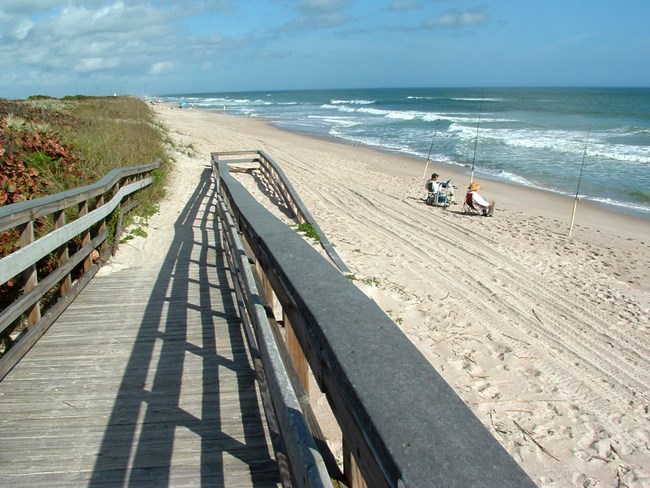
Sandy beaches are found throughout the United States, ranging from the fine, white sands of Padre Island National Seashore (Texas) to the coarser sands of Cape Lookout National Seashore (North Carolina). Sandy beaches are typically associated with passive (trailing edge) margins, a wide continental shelf, and a sedimentary geologic framework. These regions often contain barrier structures such as barrier islands, barrier spits, and barrier beaches. This image shows the beach and dune complex at Playalinda Beach, Canaveral National Seashore (Florida). Dunes protect inland areas from wind, waves, and storm events. Vegetation aids dune stability, which decreases beach erosion.
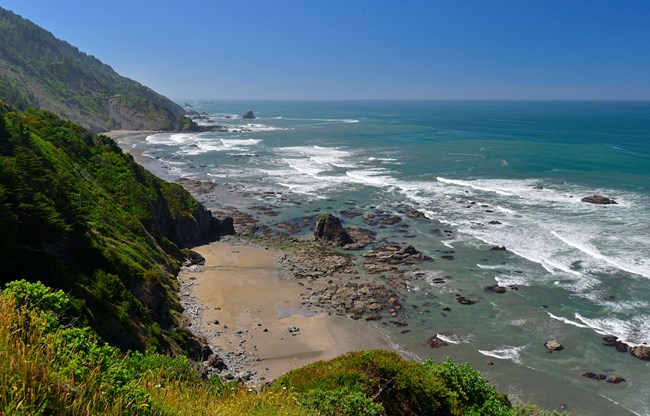
Part of a series of articles titled Coastal Geology—Beach Materials.
Previous: Coastal Sediments—Sand Colors
Last updated: September 17, 2018